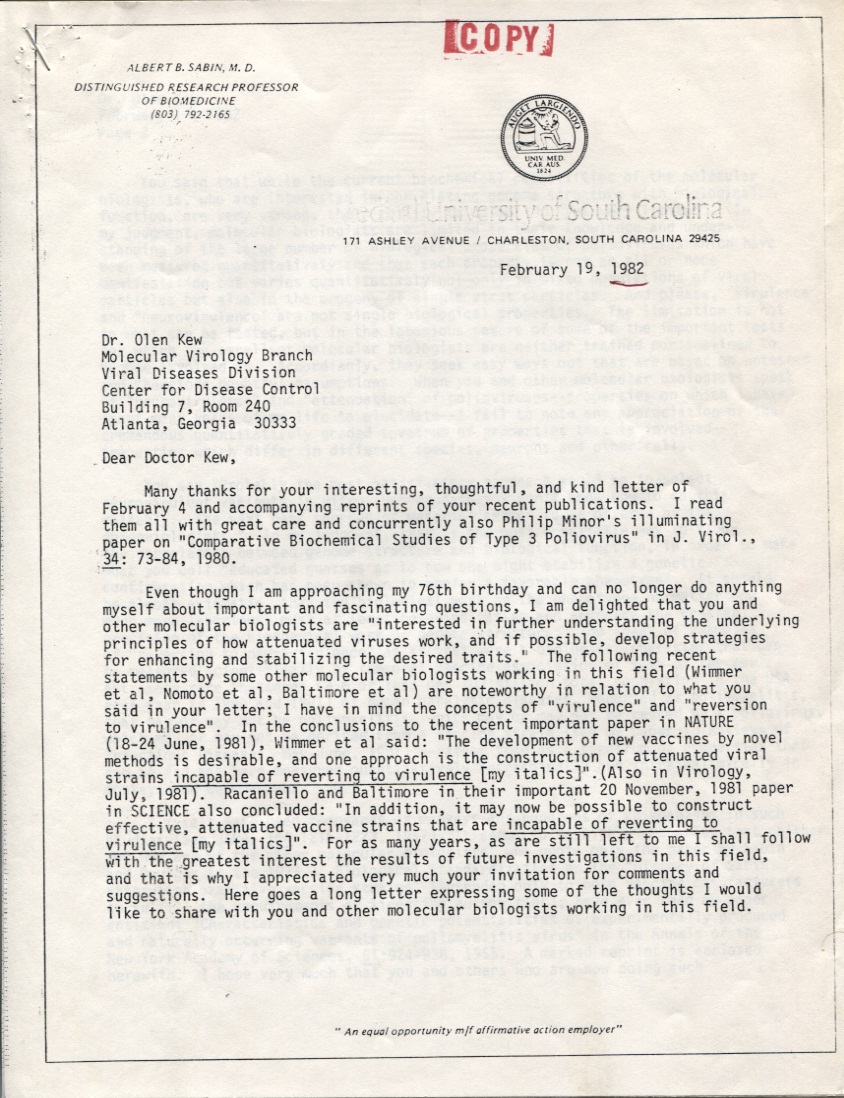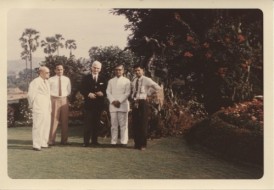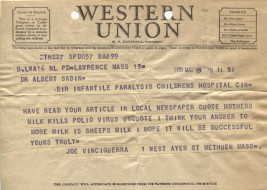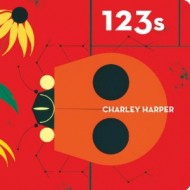New print books and new editions of e-books are now available via the Health Sciences Library: HSL New Book List
A small sample of the titles include:
Bioethics, public moral argument, and social responsibility / edited by Nancy M.P. King and Michael J. Hyde
Location: Browsing Collection WB 60 B615k 2012
Bope and Kellerman: Conn’s Current Therapy 2012, 1st ed.
Delmar nurse’s drug handbook
Location: HSL Stacks QV 772 D359
Essentials of biostatistics for physicians, nurses, and clinicians (The) / Michael R. Chernick
Location: HSL Stacks WA 950 C521e 2011
ICD-9-CM 2012 Expert for hospitals and payers. Volumes 1, 2 & 3 international classification of diseases, 9th revision, clinical modification / edited by Anita C. Hart, Melinda S. Stegman, Beth Ford
Location: Reference Collection WB 15 U58nim 2012
Introduction to auditory rehabilitation: a contemporary issues approach / Carole E. Johnson
Location: Rothenberg Speech and Hearing Collection WV 270 J66i 2012
Netter’s infectious diseases / [edited by] Elaine C. Jong, Dennis L. Stevens illustrations by Frank H. Netter contributing illustrators, Carlos A.G. Machado … [et al.]
Location: HSL Stacks WC 100 N474 2012
Pharmacotherapy casebook: a patient-focused approach / edited by Terry L. Schwinghammer, Julia M. Koehler
Location: HSL Stacks WB 330 P536dp 2011
Preprosthetic and maxillofacial surgery: biomaterials, bone grafting and tissue engineering / edited by Joel Ferri and Ernst B. Hunziker
Location: HSL Stacks WU 500 P927 2011
Check out 8 more pages of titles: HSL New Book List






